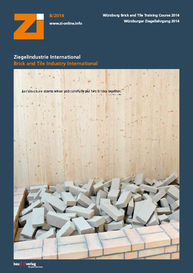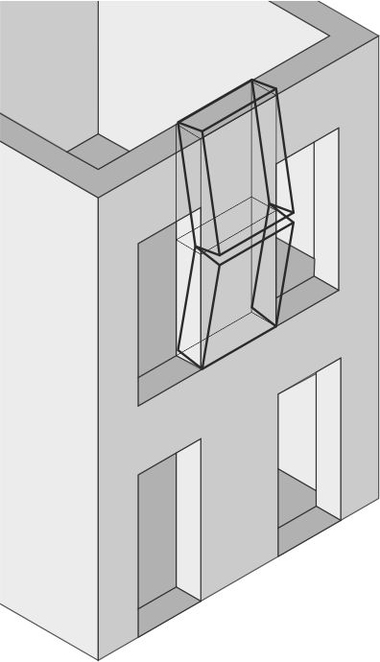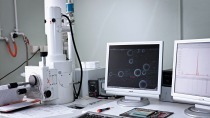Correlations between results obtained by various techniques of analysis for clarifying element and mineral-phase compositions
The potentials and limitations of various analytical procedures for determining the element composition of raw materials and ceramic products are presented. These include, in particular, carbon-type analysis, determination of loss on ignition, chemical analysis and phase analysis. By way of examples and a brief explanation of the knowledge base, the author elucidates the correlations between the techniques of analysis and how one technique can be used to check the results of another. The significance of the individual techniques with respect to routine production is evaluated along with the redundancy of some techniques. The presentation also includes an illustrative portrayal of several “analytical traps”.
Rüdiger Köhler, KI Keramik-Institut GmbH





